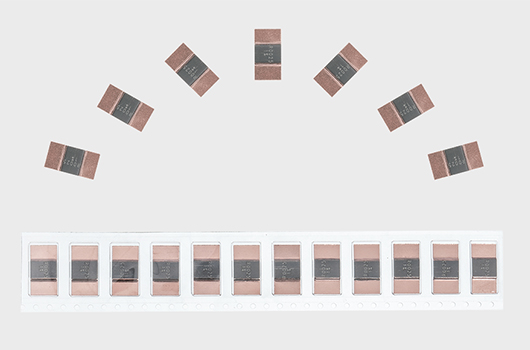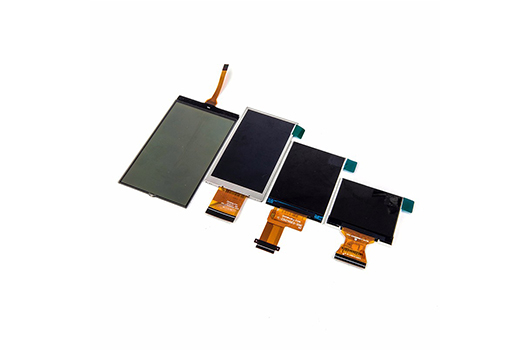
Metal film resistors are widely used in electronic circuits for their precise and stable resistance values. They play a crucial role in current limiting, voltage division, and signal conditioning applications. This technical documentation aims to provide an overview of metal film resistors, their current technology outlook, and future development direction.
Technology Outlook:
Metal film resistor technology has seen steady advancements over the years, driven by the increasing demand for smaller and more efficient electronic devices. Current metal film resistor designs incorporate highly accurate resistance values, improved stability, and enhanced power dissipation capabilities. This technology outlook highlights the following key aspects:
1. Accuracy: Metal film resistors have become more precise in providing accurate resistance values, ensuring reliable signal conditioning and circuit performance. Advanced manufacturing techniques, such as thin-film deposition processes, allow for tight tolerances and low temperature coefficient of resistance (TCR), resulting in improved accuracy.
2. Stability: Resistance stability is crucial for metal film resistors, especially in applications where long-term reliability is essential. Modern metal film resistors exhibit excellent long-term stability, low drift, and minimal aging effects. The development of materials with reduced moisture absorption and improved passivation techniques has contributed to enhanced stability.
3. Power Dissipation: With the increasing demands of high-power electronic devices, metal film resistors are expected to handle higher power dissipations without compromising their stability and accuracy. Future developments focus on improving the power rating and thermal management capabilities of metal film resistors to meet these demands.
Future Development Direction:
The future development of metal film resistors is driven by emerging trends in the electronics industry and the need for smaller, more efficient, and reliable components. The following are the key directions for future development:
1. Miniaturization: As electronic devices continue to become smaller and more compact, metal film resistors need to follow suit. Future developments will focus on shrinking the physical size of metal film resistors while maintaining their electrical performance. This will enable their integration into miniaturized circuits, such as wearable devices and Internet of Things (IoT) applications.
2. Higher Power Ratings: With the demand for higher power electronic devices, metal film resistors need to handle increased power dissipation without compromising performance. Future developments will focus on improving power handling capabilities, exploring new materials with higher temperature coefficients, and enhancing thermal management techniques.
3. Enhanced Reliability: Future developments aim to further improve the long-term stability and reliability of metal film resistors. New materials and passivation techniques will be explored to reduce drift and aging effects, ensuring consistent performance over extended periods.
4. Integration with Advanced Technologies: Metal film resistors will continue to integrate with emerging technologies such as 5G, Internet of Things (IoT), and Artificial Intelligence (AI). This integration will require resistors with improved high-frequency characteristics, lower parasitic capacitance, and compatibility with advanced manufacturing processes.
Conclusion:
The metal film resistor technology outlook is promising, with continuous advancements in accuracy, stability, and power dissipation capabilities. Future development of metal film resistors will focus on miniaturization, higher power ratings, enhanced reliability, and integration with advanced technologies. These developments will contribute to the overall improvement of electronic devices, ensuring smaller, more efficient, and reliable circuit designs.
SEO Keywords:
1. Metal film resistor
2. Thin-film deposition processes
3. Resistance stability
4. Power dissipation in metal film resistors
5. Future development of metal film resistors.
-

Application range of high prec
High-precision resistors are widely used in high-precision circuits used for pre...
2023-05-12 view+ -

Application of u-type shunt in
A U-type SHUNT is an electrical component used primarily in power systems to mea...
2023-05-27 view+ -

Something about Thin film res
Thin film resistor is one of the main resistor components used in circuit system...
2023-06-23 view+ -

Shunt resistors are used in ci
Specifying a shunt resistor Several parameters are important to specifying a shu...
2023-04-20 view+


